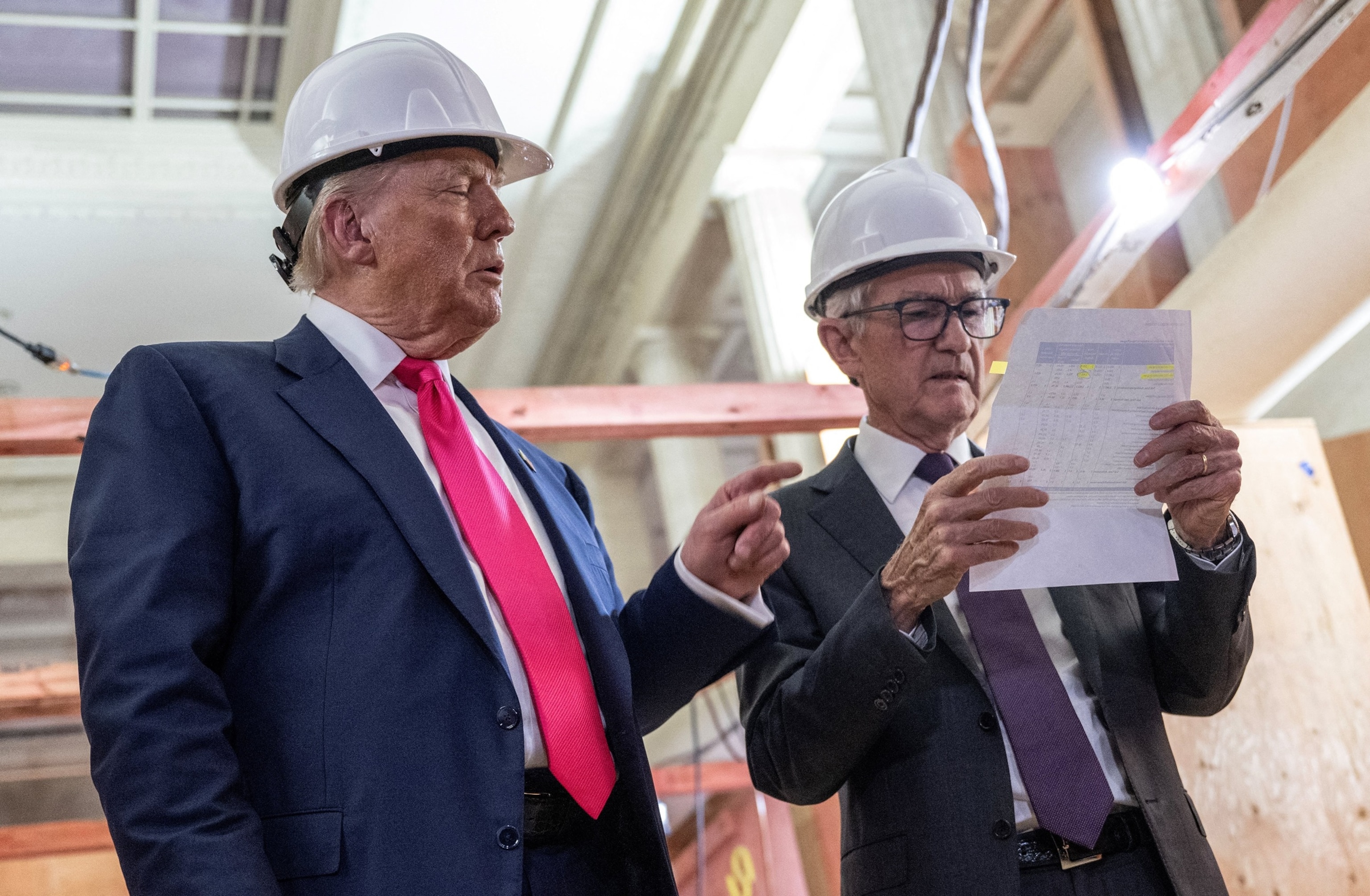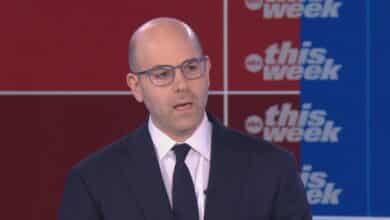The Fed has stable interest rates, challenging Trump’s pressure

The Federal Reserve held the stable interest rates on Wednesday, a few days after President Donald Trump made an unusual visit to the Central Bank, asking for a fence of fees.
Speaking at a press conference in Washington, DC, on Wednesday, the president of the FED, Jerome Powell, advocated the independence of the Federal Reserve.
Political independence, Powell said, gives central bankers the “ability to make these very challenging decisions so that they focus on the data, the evolutionary perspective, the balance of risk, and not on political factors.”
“If I didn’t have that, there would be a great temptation to use interest rates to affect the elections, for example,” Powell added. “I think it’s very important.”
The Central Bank has challenged Trump’s public criticism for months, adopting an approach to wait and see as the central bankers observe the effects of tariffs.
Powell said tariffs had begun to contribute to price increases for some goods, but the final impact of politics remains uncertain.
“The highest tariffs have begun to show more clearly the prices of some goods, but its general effects on inflation and the economy have not yet seen,” Powell said. “Its effects on inflation could be short duration, but it is possible that inflation effects may be more persistent.”
He added: “We will do what we need to do to maintain inflation under control.”
Inflation has increased for two consecutive months, but remains well below a peak reached in June 2022. The Federal Open Market Committee, an agency for the formulation of policies in the Fed, described inflation as “something high.”
When asked about Trump’s visit at the Fed last week, Powell said: “We had a good visit with the president. It was an honor to receive it.”
Two Fed governors designated by Trump, Michelle Bowman and Christopher Waller, disseminated from the vote of 12 members, saying they would prefer a cut -off -quarter rate cut. He marked the first time that two Fed governors have voted against the majority since 1993.
Five meetings and seven months have passed since the Fed adjusted the tight interest rates. The federal fund rate represents between 4.25% and 4.5%, preserving much of a strong increase imposed in response to an episode of inflation of the pandemic era.
The decision on interest rates occurred hours after a government report showed better economic growth than expected for three months that ended in June, although a statistical peculiarity represented a significant part of resistant performance.
In theory, solid economic growth facilitates pressure on lower interest rates, since consumers and companies seem unchanged due to high indebtedness costs.
Trump has repeatedly urged the Central Bank to reduce interest rates, saying that policy would increase economic performance and reduce interest payments on government debt.
“We have a man who only refuses to reduce the Fed rate,” Trump said about Powell last month. “Maybe I should go to Fed. Is it allowed to name myself? I would do a much better job than these people.”
The Fed is an independent agency established by Congress. Trump is prohibited legally to name himself as the head of the Central Bank.
In recent weeks, Trump has also criticized Powell, citing excess costs linked to the buildings renewal project of $ 2.5 billion of the Central Bank.
The Fed attributes expenses of expenses to increases in unforeseen costs, saying that the renewal of its building ultimately “will reduce costs over time by allowing the Board to consolidate most of its operations”, according to those of the Central Bank. website.
The Federal Law allows the President to eliminate the President of the Fed for “cause”, although no president has done so. Powell’s term as president will expire in May 2026.

President Donald Trump points out a cost sheet while talking with the president of the Federal Reserve, Jerome Powell, while Trump visits the Federal Reserve in Washington, DC, on July 24, 2025.
Andrew Caballero-Reynolds/AFP through Getty Images
The Fed is guided by a double mandate to maintain inflation under control and maximize employment. In theory, a decrease in interest rates could help stimulate economic activity and increase employment, especially while inflation remains modest.
However, the Central Bank issued a prognosis last month that indicates some concern for a revival of inflation due to high rates. Importers generally transmit a part of the highest tax burden in the form of price increases.
Tariffs contributed modestly to the increase in inflation in June, although general price increases are largely due to an increase in housing and food products with little connection with tariffs, analysts previously said to ABC News.
Despite its patient approach, the Fed forecast two point -to -point interest rate cuts in the rest of 2025, carrying a prediction issued in March.
Earlier this month, Powell said he would not rule out a possible reduction of interest rates as soon as the July meeting.
“I would not take any meeting from the table or put any on the table,” Powell told the panel in the European forum of the Central Bank in Sinatra, Portugal. “It depends on how the data evolves.”





